*글 하단의 '한국어 텍스트 다운로드'를 클릭하면 원문을 확인할 수 있습니다.
Nam June Paik’s 1993 piece Marco Polo gave new expression to this historical figure in the form of a TV robot. The adventurer’s life, spent crossing freely between East and West, is represented by the Volkswagen car overflowing with flowers where its engine would be.
The young Venetian merchant Marco Polo first left Italy for China in 1271 joining his father and uncle on their expedition. It was 1274 before Marco finally set foot in the Eastern world after an arduous journey across land and sea. After 17 years in China, during which time he even took public office under the Yuan Dynasty regime, Marco Polo finally returned to his hometown of Venice in 1295 and wrote his famous travelogue, Book of the Marvels of the World, more commonly known in English as The Travels of Marco Polo.
Nam June Paik’s 1993 piece Marco Polo gave new expression to this historical figure in the form of a TV robot. The adventurer’s life, spent crossing freely between East and West, is represented by the Volkswagen car overflowing with flowers where its engine would be. The face and feet of Marco Polo are lit in squiggles of red neon, seeming almost to symbolize Ancient Eastern hieroglyphs; and the six TV sets that make up his body play looped video of abstract images reminiscent of the iconic structures and civilizations of East and West alike.
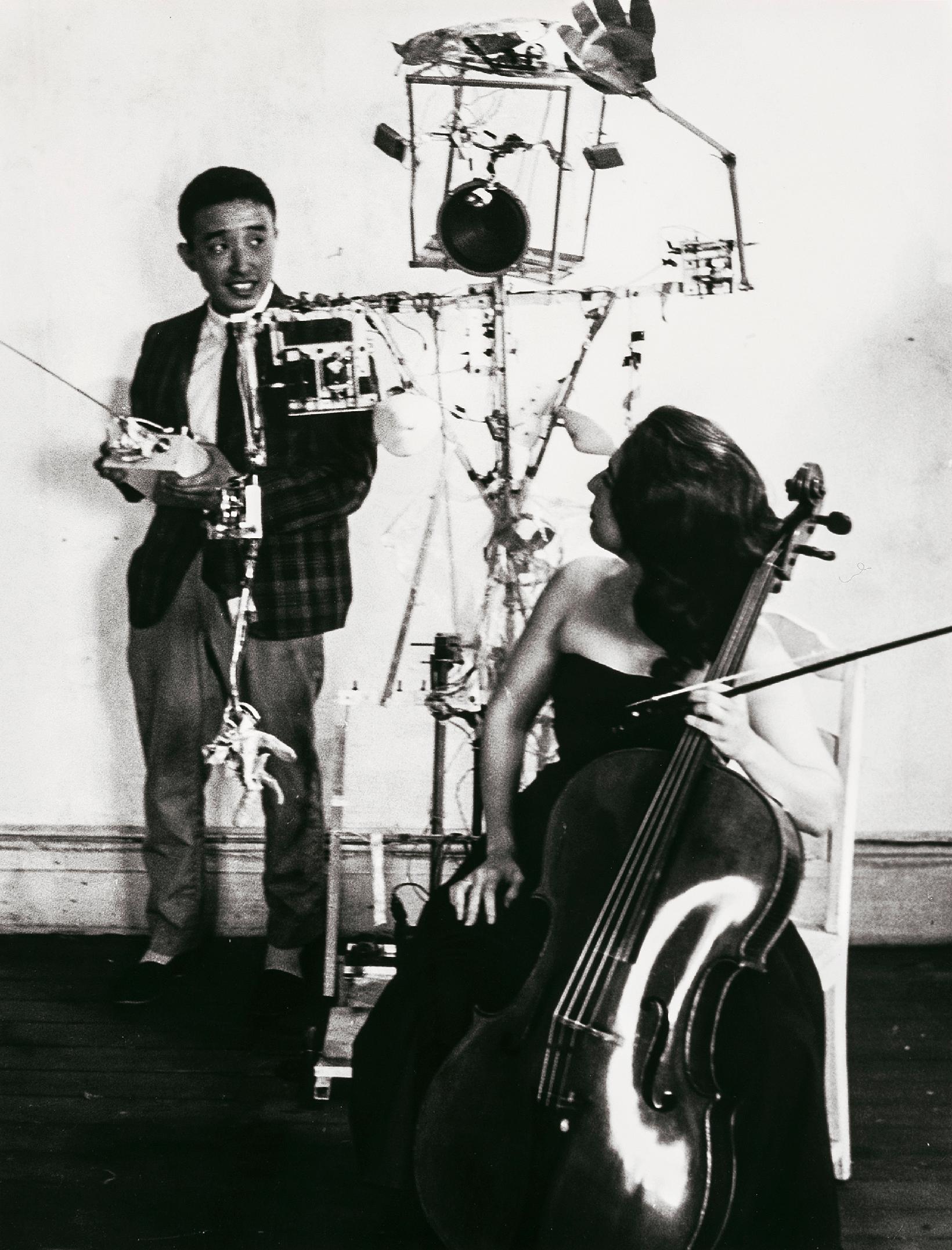
This work was exhibited in 1993 at the German Pavilion of the Venice Biennale. The Commissioner at the time, Klaus Bussman (1941-2019), had selected two artists to represent Germany: Nam June Paik, an artist originally from the East who had moved West, and Hans Haacke (b. 1936), an artist from the West (Germany) who had moved eastward (America).1) The Director of this Biennale, Achille Bonito Oliva (b. 1939), had chosen the overarching theme “Cardinal Points of Art” — which made the German Pavilion’s curation especially fitting. Indeed, Oliva placed special emphasis on “cultural nomadism and the coexistence of the languages that have formed contemporary art."2) In this context, the coming together of Nam June Paik and Hans Haacke was itself the talk of the town. This sculpture, symbolically bringing together East and West and installed outside the Pavilion itself received a great deal of attention. Ultimately, the German Pavilion received the honor of the 1993 Venice Biennale Golden Lion.
I want to shape the TV screen canvas
as precisely as Leonardo,
as freely as Picasso,
as colorfully as Renoir,
as profoundly as Mondrian,
as violently as Pollock and
as lyrically as Jasper Johns
-Nam June Paik
Nam June Paik was born in Seoul on July 20th, 1932. Showing a gift for the piano from a young age, he took lessons and studied composition as a child until he moved with his father to Hong Kong in 1945. Returning to Korea one year before the Korean War broke out, the family left the country again in 1951 for Kobe, Japan. Enrolling in Tokyo University, Paik majored in Aesthetics, Music History, and Art History. Upon graduation, he moved to Germany to continue his studies at the University of Munich, where he spent another year studying Music History. In 1957, Paik began attending a summer lecture series in Darmstadt on international contemporary music; it was when he took the course again the following year that Paik first met then-lecturer John Cage (1912-1992) who would become a huge influence on his artistic life. In 1961, Paik met Joseph Beuys (1921-1986) in Dusseldorf, a fellow artist who would go on to become a consistent source of mutually creative influence and exchange throughout their respective careers. Indeed, during this period Paik grew to know a number of avant-garde groups across Germany, eventually growing close with a diverse array of key figures. Maintaining an ongoing exchange with these contacts, Paik was soon unfurling his own radical performances, outright rejections of preexisting norms and conventions.
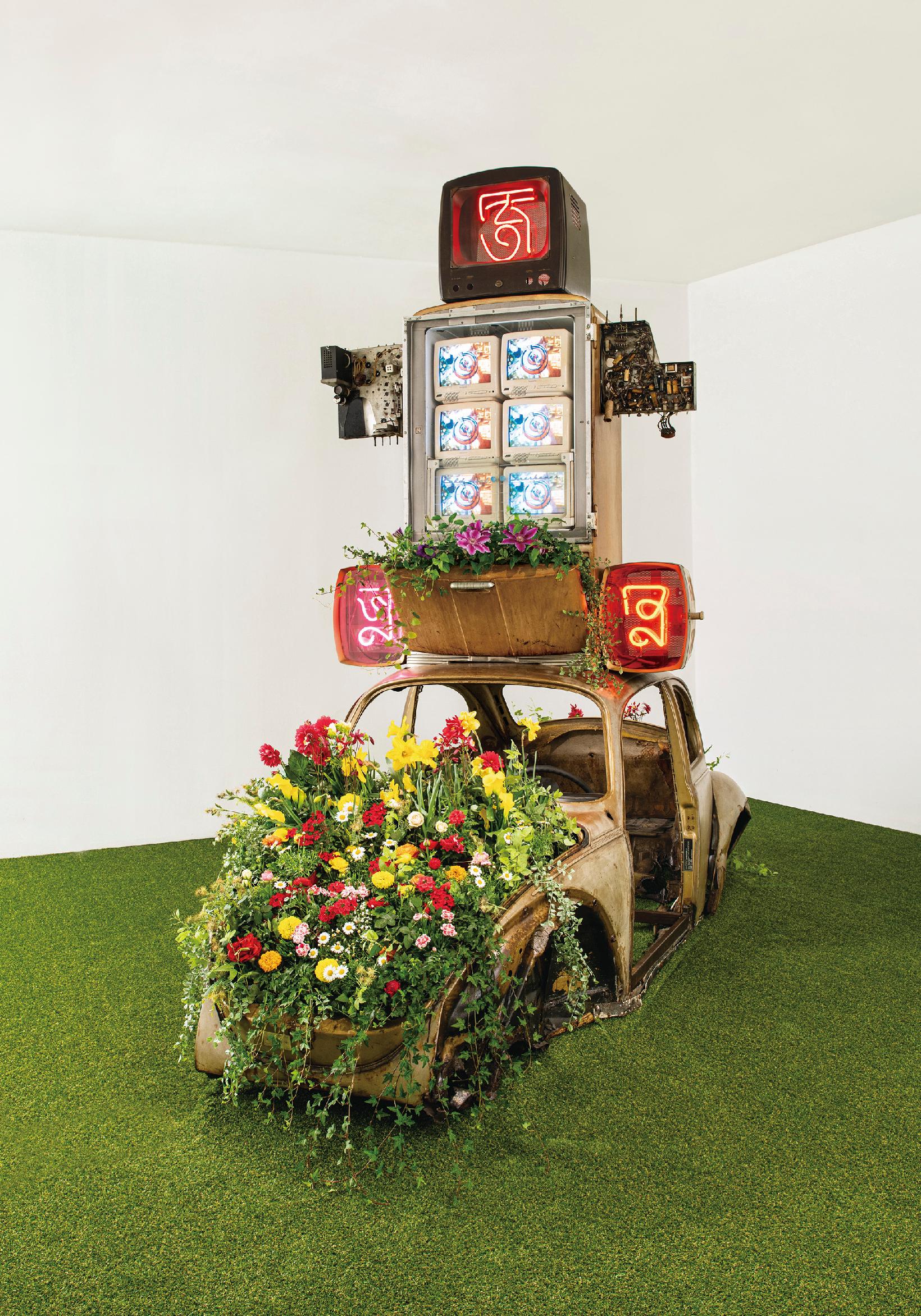
1993
Volkswagen Beetle, refrigerator, 6 TV monitors, neon, flowers and various elements
380 × 160 × 330 (h) cm
On March 11th, 1963, Paik opened his first solo show at Galerie Parnass in Wuppertal, Germany. The show, titled Exposition of Music: Electronic Television, involved three pianos, thirteen TV sets, and a bull’s head hanging over the exhibition entrance. As part of the opening event, Joseph Beuys put on a shocking performance during which he destroyed one of the pianos with an axe. Following this exhibition, Paik moved to New York in 1964. His works from this period — which involved not just video but ongoing passionate experimentation with sculpture, installation, and music as well — effectively made Nam June Paik the most important artist of the 1970s art world. One particularly noteworthy project was the Fluxus performance Paik pursued for over a decade with avant-garde cellist Charlotte Moorman (1933-1991) whom he had met shortly after first moving to the U.S. 1974 saw the first opening of a Nam June Paik video art retrospective in the United States. And in 1984, the debut of Good Morning, Mr. Orwell marked the launch of a global project designed to break down the wall between the avant-garde and popular culture by using live television and satellite technology, expanding his oeuvre to include works using laser technologies.
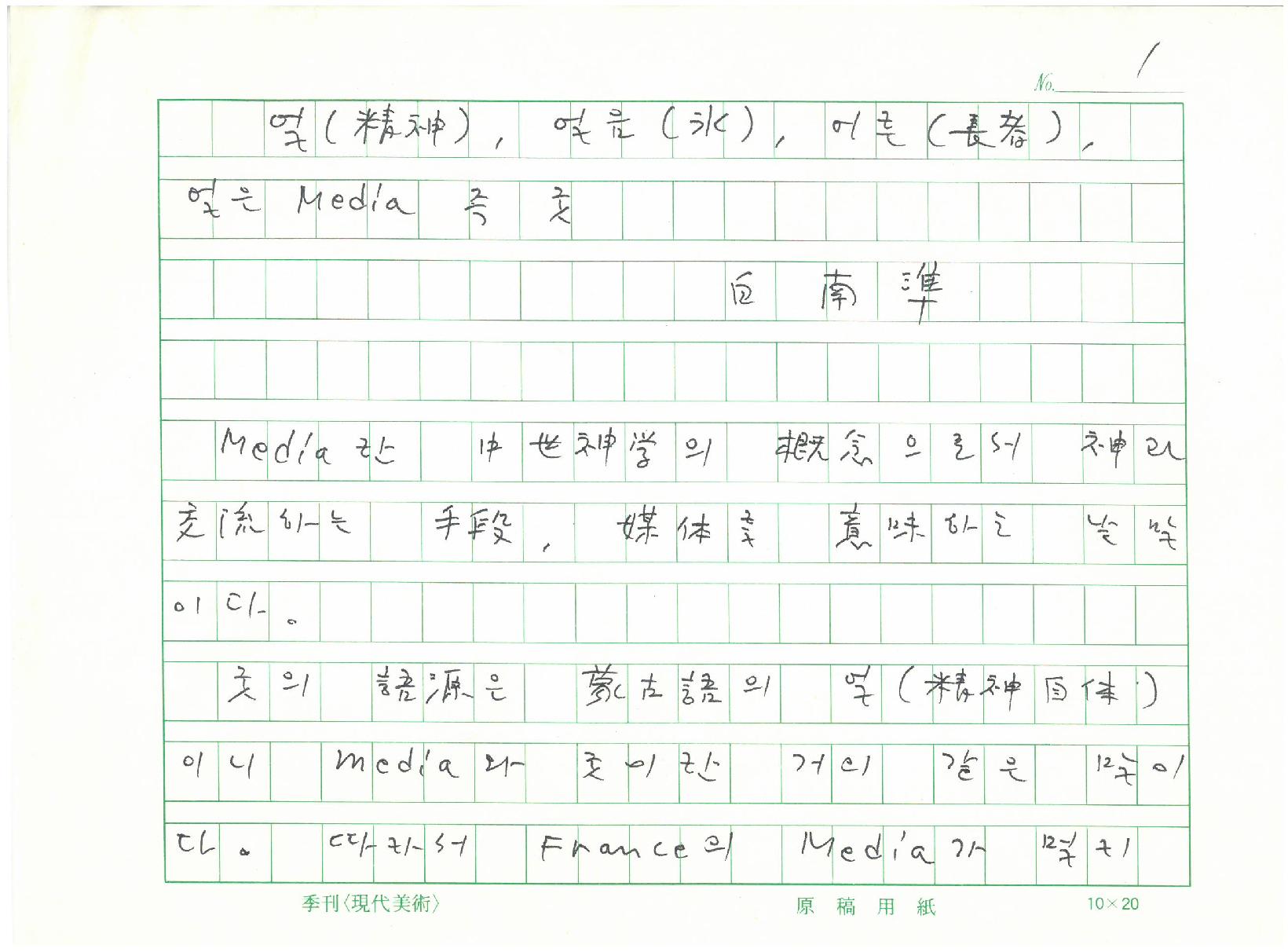
The relationship between Gallery Hyundai and Nam June Paik started in 1983 in Paris, France. At a dinner hosted by artist Kim Tschang-Yeul (b. 1929), Paik first met Gallery Hyundai president Park Myung-ja. As the meal drew to a close, Paik played a piano without musical notes, singing old Korean songs from 1940s with lyrics of going home and missing childhood for his fellow guests. Park Myung-ja recalled that time and said the moment was full of surprise and emotion. The following year, Paik returned to Korea for the first time in thirty years, making waves with his work, Good morning, Mr. Orwell. Timing it to coincide with the 1988 Seoul Olympic Games, Gallery Hyundai opened the first large scale solo exhibition of Nam June Paik in Korea (September 14-30, 1988). This opening was also scheduled in concert with the unveiling of Paik’s The More, The Better installation at the Museum of Modern and Contemporary Art in Gwacheon, Korea. It was in the process of producing The More, The Better that Paik first began using Samsung TV sets in place of the Sony products he had worked with before marking the start of Samsung’s long-term sponsorship of his work. This relationship started after Park Myung-ja introduced the artist to Lee Kun-Hee the Chairman of Samsung Electronics.
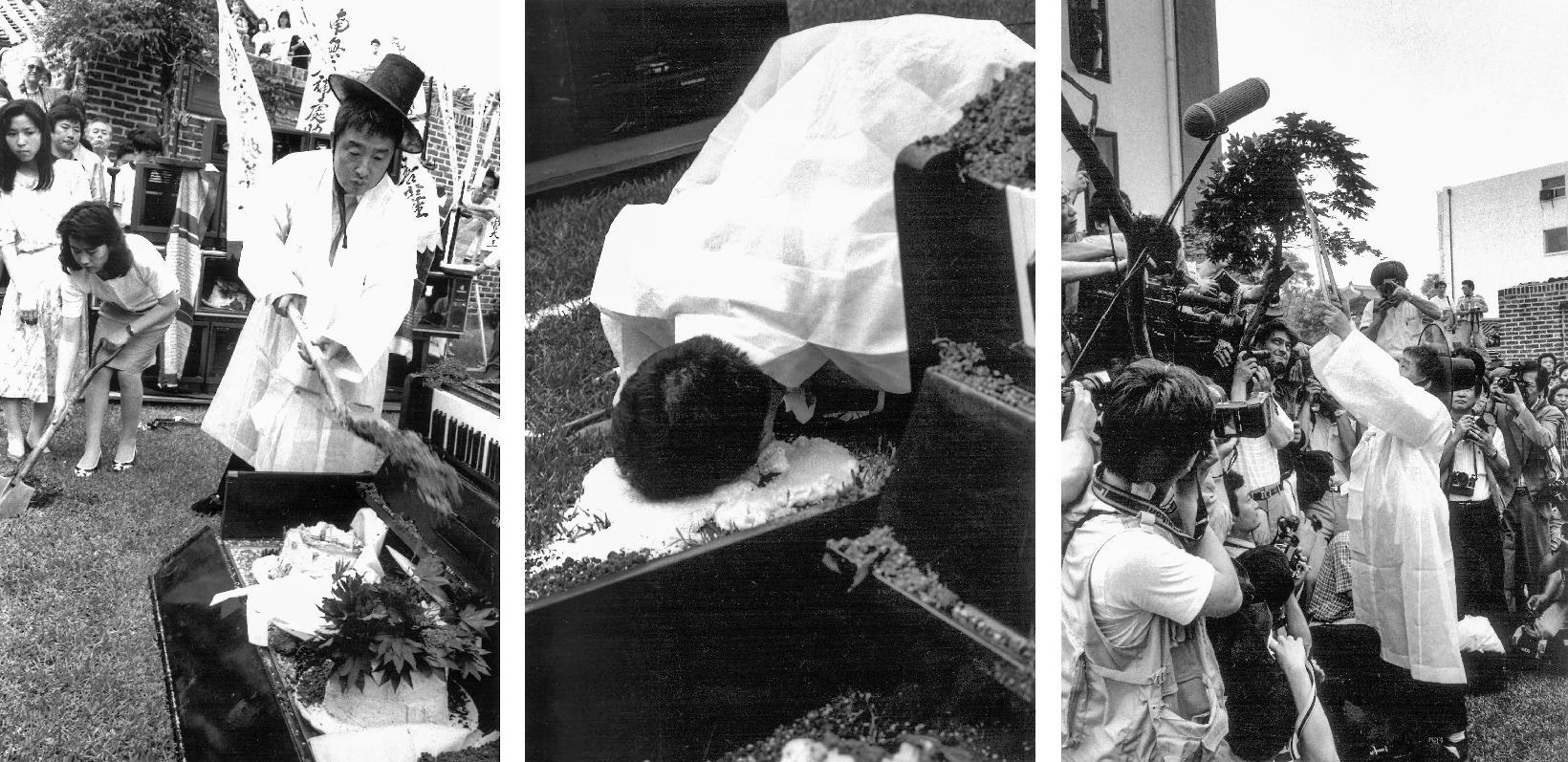
"A tireless wanderer, Nam June Paik left his distinctive mark on every territory he surveyed — and, indeed, touched many different fields. Fine art was simply one area of his activities, albeit the one that was, of course, most important to him, and the one that connected all the others for him. It is possible to read the direction of his vision in his close ties to figures like John Cage, Stockhausen, and Beuys. Using sensual composite art forms that have a kind of social impact, he creates work that starts off shocking but becomes, over time, both playful and critical in its expression of the zeitgeist. For the last 30 years, he has consistently played a dynamic, even catalytic role in major areas of the art world.”3)
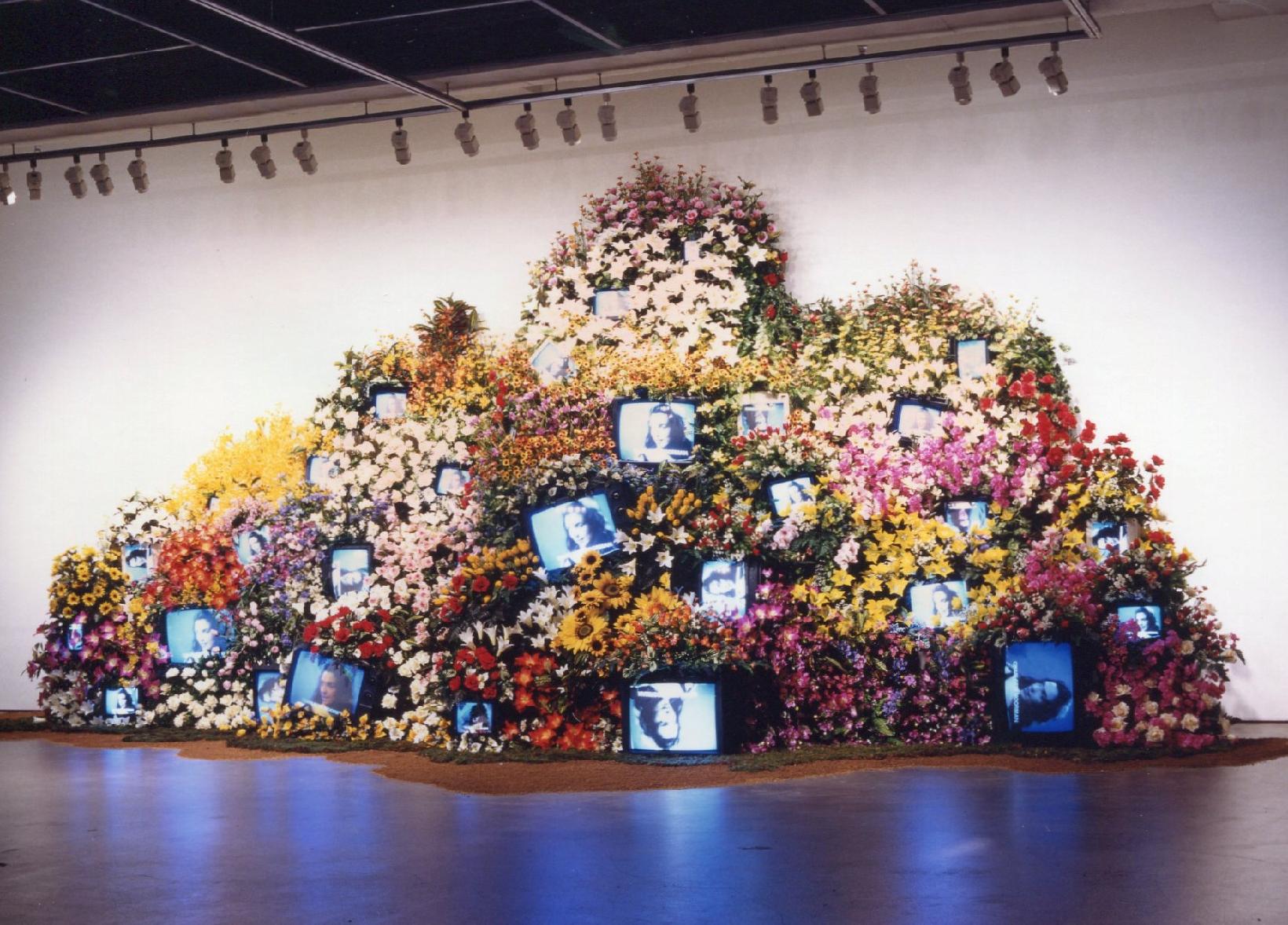
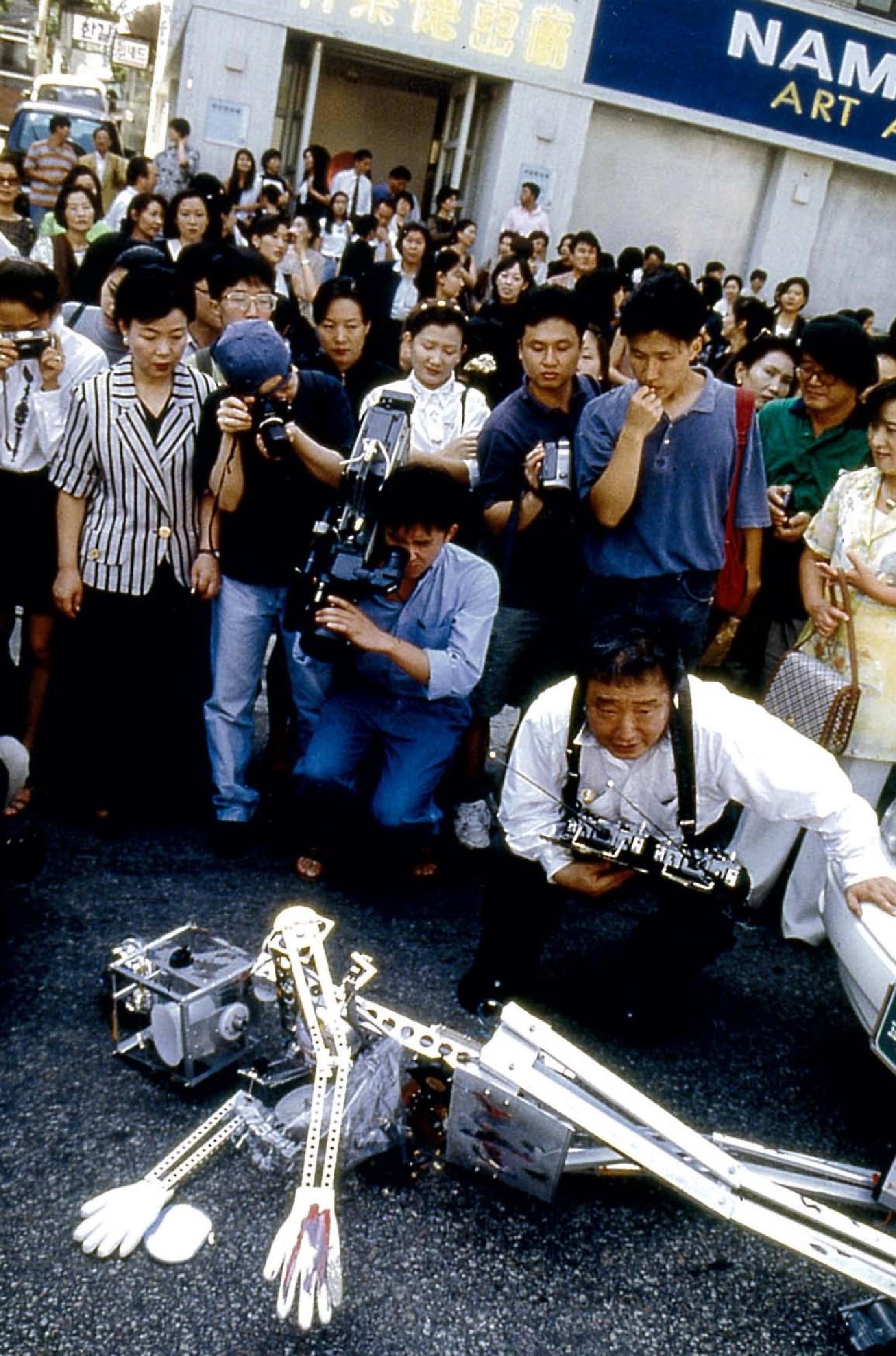
On July 20th, 1990, Paik put on a shamanic performance in the backyard of Gallery Hyundai, titled A Pas de Loup. Paik and Joseph Beuys had promised to perform a grand shamanic performance in Korea and this performance, coming four years after Beuys’s passing, was a way for Paik to keep that promise and honor his friend’s memory. Taking the role of shaman himself, Paik cast a broken piano and a fedora missing its top as Joseph Beuys, the man who once destroyed a piano with an axe to commemorate Paik’s first-ever solo show. In addition, the well-known shaman Kim Keum-Hwa renown for the skill of Donghae-an Byeolshin-gut (that is, an East coast town-wide protective shamanic ritual performed once every few years to honor local deities) joined Paik to execute a proper O-gu-gut for Beuys (a ritual designed to help guide the spirit of the deceased into the next world). In the end, the performance became an invaluable opportunity to better understand the artistic perspective of two great artists, each of whom has left an indelible mark on the contemporary art world. Gallery Hyundai went on to hold solo shows for Paik in 1992 and 1995, and worked with the artist over the years that followed for various shows and retrospectives at home and abroad, including the 1993 Daejeon Expo’s Nam June Paik’s Sculpture: Electronic Superhighway, the 1993 Venice Biennale, 1996’s touring U.S. museum exhibition, the 2000 show at the Guggenheim in New York, and the 2001 retrospective at the Guggenheim Bilbao, in Spain.
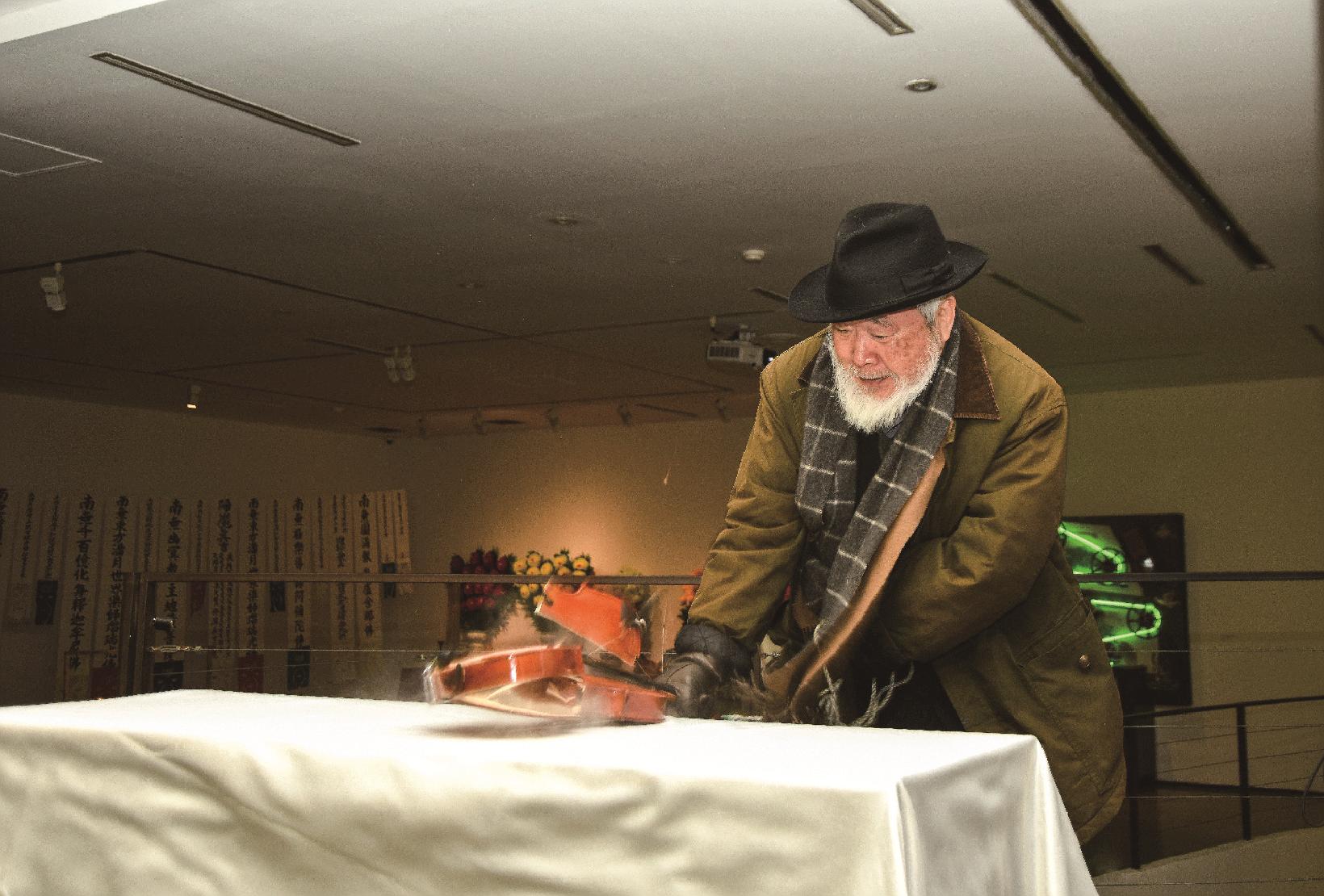
In 2016, to mark the tenth anniversary of Paik’s passing, Gallery Hyundai opened Nam June Paik: When He was in Seoul (June 28-August 3, 2016). At the opening for this exhibition, artist Kim Tschang-Yeul himself recreated several of Paik’s most memorable performances, such as Zen for Walking and One for Violin Solo. In the gallery space itself, viewers could see the clothing and traditional hat used in Paiks’ 1990 gut performance, as well as a wide array of objects used in the performance, vividly recreating the historical A Pas de Loup from 26 years ago.
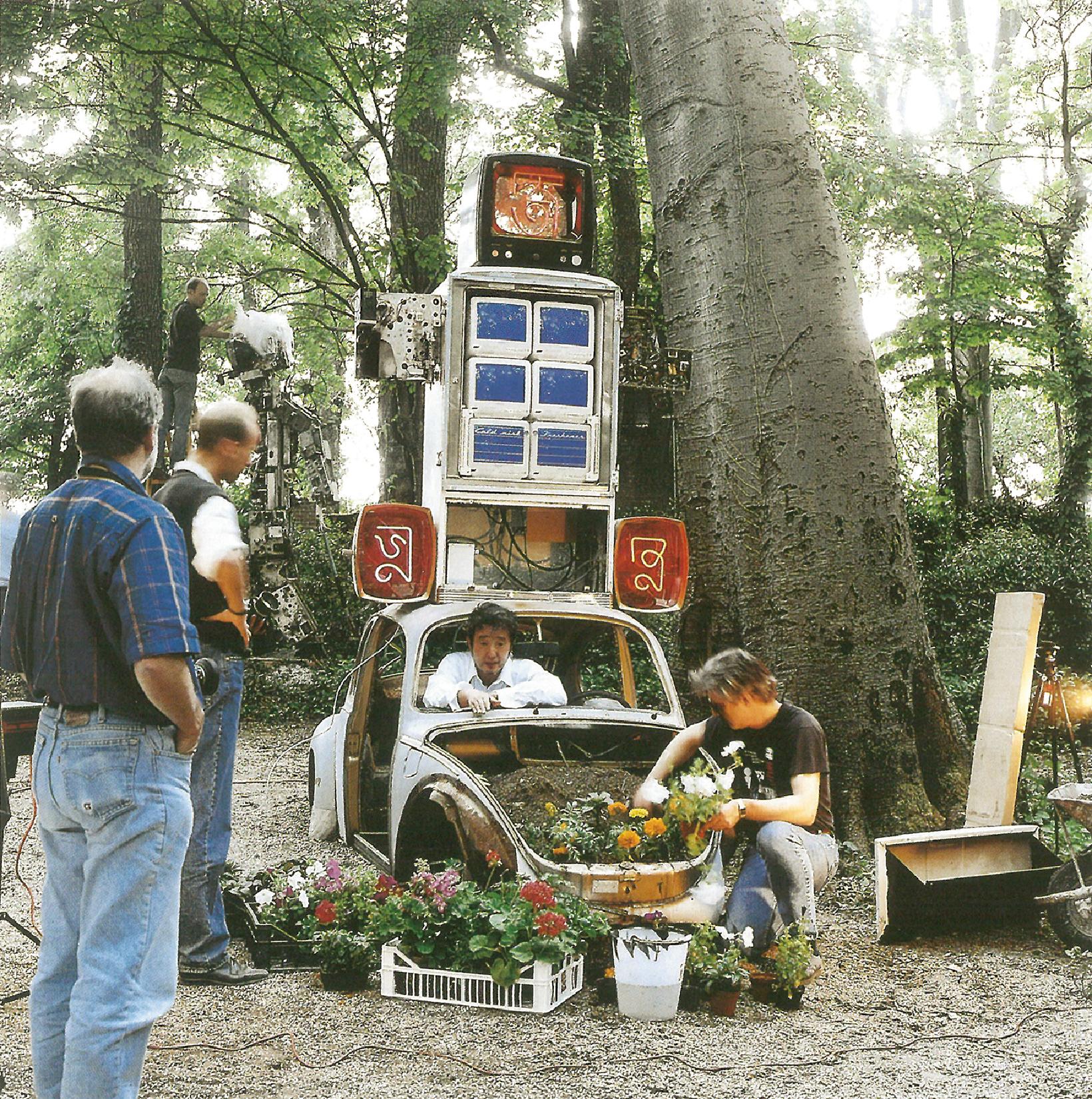
In 2020, 현대 HYUNDAI 50, the Gallery’s 50th Anniversary Exhibition serves as an occasion to re-encounter one of Nam June Paik’s major works, Marco Polo, not to mention a rich array of archival materials from the Gallery collection including letters, faxes, and signed drawings, as well as every exhibition catalog published between his first show in 1988 and the most recent solo show of his work in 2016: a welcome opportunity, indeed, to remember and celebrate the special relationship Gallery Hyundai shared with the artist.
Heami Park is an artist and exhibition associate at Gallery Hyundai.
1) http://db.njpartcenter.kr/kr/collections/show.asp?id=364&pos=51&page=3&type=coll
2) https://www.nytimes.com/1993/06/12/arts/the-venice-biennale-an-art-bazaar-abuzz.html
3) Wulf Herzogenrath, “Nam June Paik”, Nam June Paik · Videotime · Videospace, Museum of Modern and Contemporary Art, 1992.